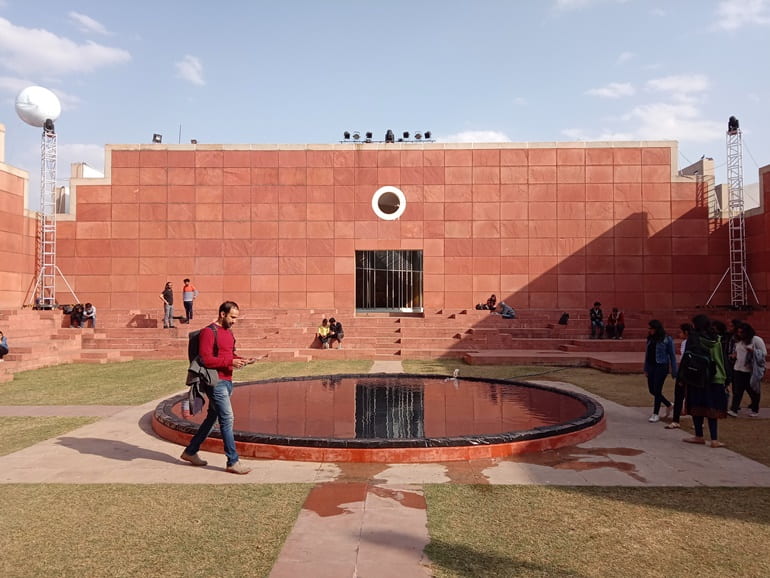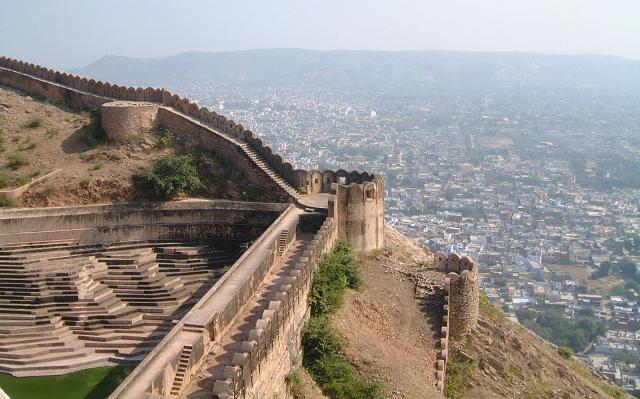Jaipur, the capital of Rajasthan, was founded in 1727 AD by the Kachwaha Rajput ruler, Maharaja Sawai Jai Singh II. It is popularly known as the Pink City. With wide avenues and lush green gardens, the top tourist attractions in Jaipur are engulfed in history and culture. The past comes alive here in the best tourist places in Jaipur, like its magnificent forts and palaces, blushed in shades of pink, where once lived the great maharajas. The famous places to visit in Jaipur also include bustling bazaars famous for Rajasthan jewelry, flea markets for fabric and shoes. The famous places to visit in Jaipur possess a timeless quality and are a treasure-trove for the shoppers.
Jaipur holds the record of being the first planned city of India using Vastu shastra techniques and the credit goes to Vidyadhar Bhattacharya. Known globally for its amazingly colored gems, the best places to visit in Jaipur combine the allure of its ancient history with all the advantages of a metropolis. It rises grandly against the backdrop of the forts Nahargarh, Jaigarh, and Amber Fort. In the colonial era, this city was the capital of the Jaipur region, now it serves to be the capital of Rajasthan state. This bustling modern metropolis city is one of the three corners of the golden triangle that comprises Delhi, Agra, and Jaipur.
The story of being called the pink city goes back to 1876 when the Prince of Wales visited India on a tour. Since the color pink was a reflection of hospitality, Maharaja Ram Singh of Jaipur painted the entire city pink at that time. The pink that colors the city makes for a marvelous spectacle to behold and has a hidden meaning too. The top places to visit in Jaipur are the epitome of the depth and illuminance this city has and that is why it is sometimes also called the Paris of India.
Top Attractions:
Amer Fort: The fort was the bastion of the Kachwahas of Amber until the capital was shifted to Jaipur. The palace, now a UNESCO World Heritage Site, is a beautiful fusion of Hindu and Mughal styles of architecture.
Birla Mandir: Dominating the south skyline of Jaipur with its white elegance, this modern temple was built by the renowned industrialists, the Birlas in 1988. The temple is a marvelous work of art and intrinsic carvings.
City Palace: it was built by Maharaja Sawai Jai Singh II, the founder of Jaipur. It is a great melange of Mughal and Rajput architecture. It is still the abode of the last ruling royal family which currently resides in a private section of the palace.
Panna Meena Ka Kund: It is a unique architectural marvel as it was a water supply for local people in the past. The stairs are in a crisscross pattern, which means the ones you use to descend, you can not use them to reach upstairs. This wows everyone.
Patrika Gate: It is an entrance gate to the Jawahar Circle Park which is the biggest circular park in Asia. The row of fabulous archways under it is the epitome of traditional Rajasthani architecture.
Jantar Mantar: It is the largest of the 5 astronomical observatories built by Maharaja Sawai Jai Singh II. It has 16 geometric devices constructed to measure time, track celestial bodies, and observe the orbits of the planets around the sun.
Albert Hall Museum: Housed in Ram Niwas Garden, this museum houses a wide range of historical objects found in Rajput Kingdoms of that time like Bundi, Udaipur, and Kota.
Hawa Mahal: The Palace of Winds (Hawa Mahal), was built in 1799 by Sawai Pratap Singh to serve as a summer retreat for his family. It was a place where the ladies of the royal household could observe daily life without being seen.
Jawahar Kala Kendra: Popularly referred to as the JKK, this institution is internationally renowned for its aim to preserve traditional Indian Art and culture.
Nahargarh Fort: Sitting proudly on Aravalli hills, this fort acted as a barrier defending Jaipur from the penetrating enemies. This spot is renowned for its glittering view of the city lights of Jaipur.
Jaigarh Fort: Set amidst rocky and cranky hills, this magnificent edifice is known to offer a view over the largest cannon of the world, Jaivan, which is kept inside the fort.
Chokhi Dhani: Built to attract and familiarize tourists with the royal Rajasthani culture, this village was set up in 1989 sprawling across an area of 10 acres. It showcases the culture, art, folklore, and tradition of Rajasthan.




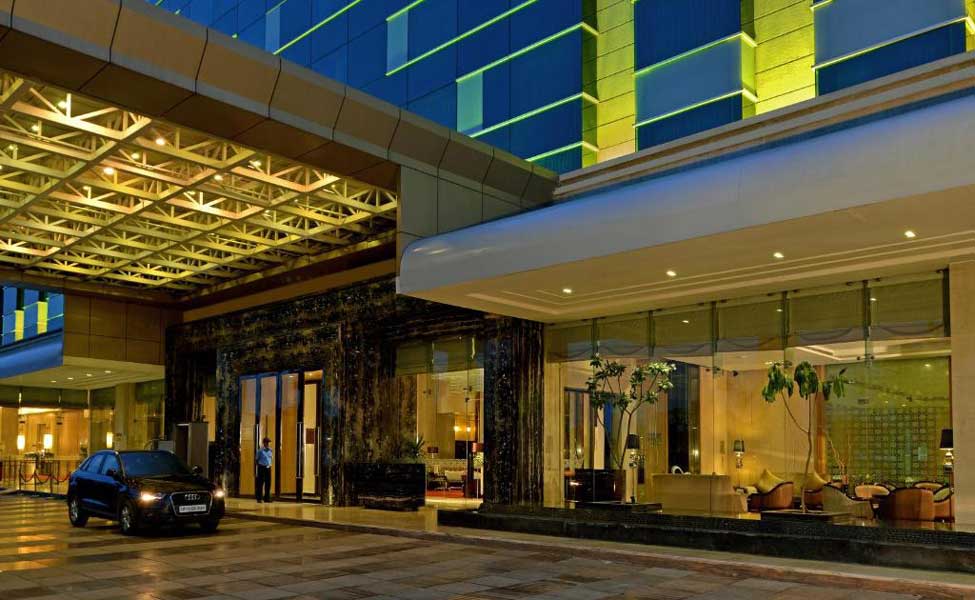
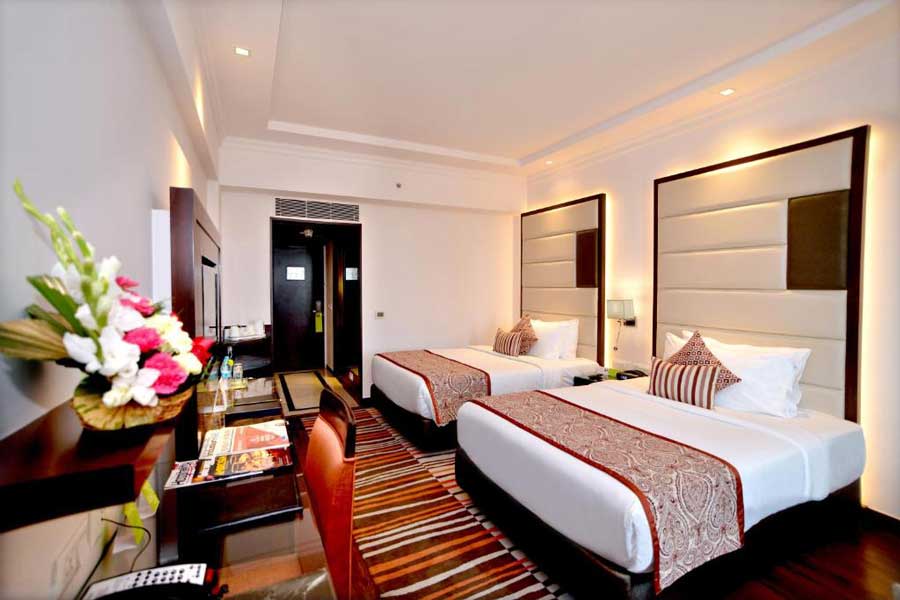






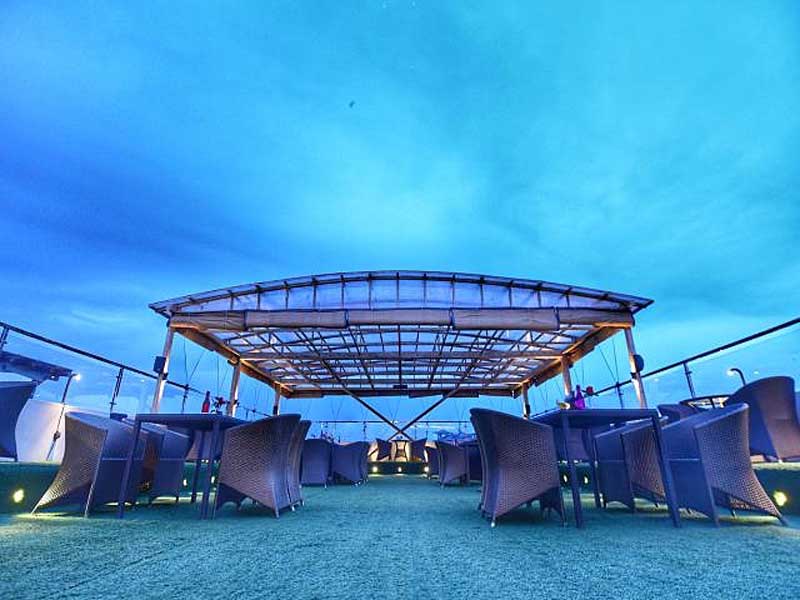
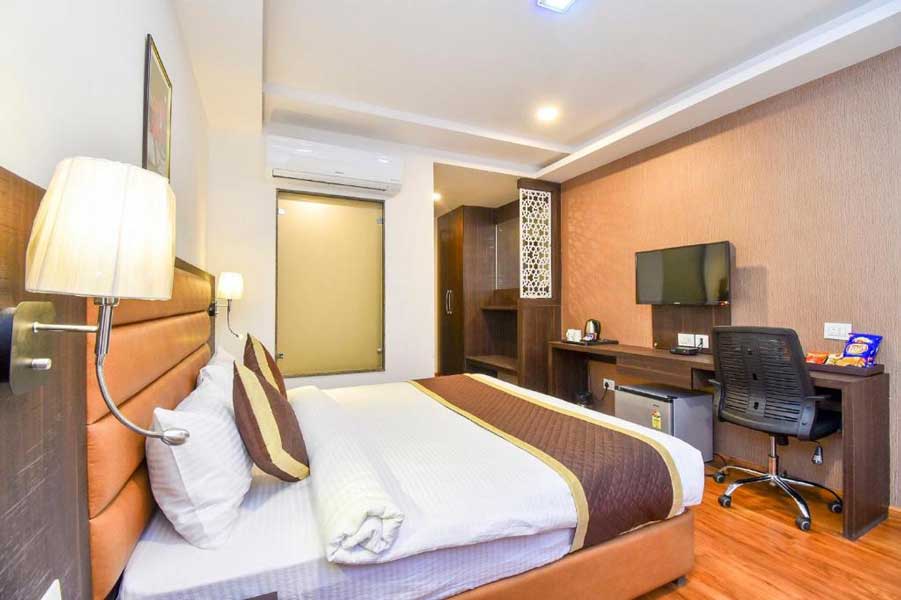





.jpg)

.jpg)
.jpg)

















